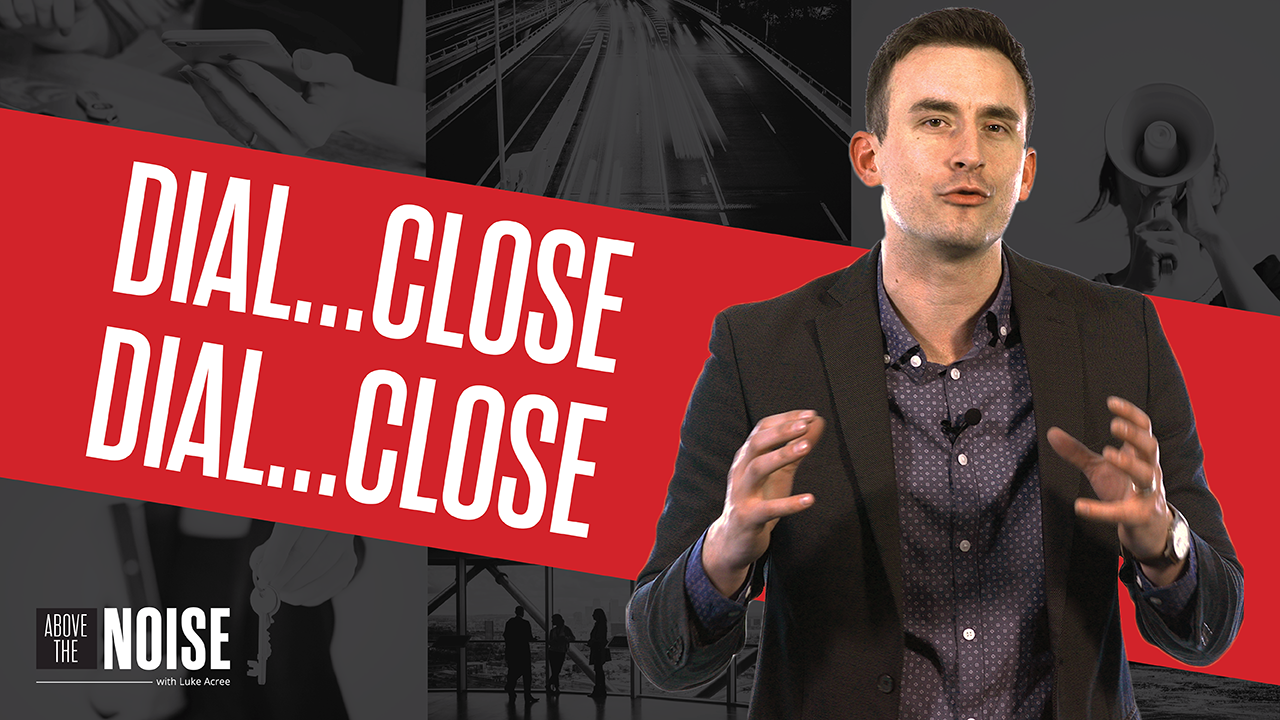There’s a gap in client service perceptions, and it could be costing you referrals.
According to a Bain & Company report, 80% of companies believe they deliver superior customer service—but only 8% of their customers agree. That’s a huge difference, and when you rely on referrals to drive business, the impact of client service perceptions is even greater.
This begs the question: why is there such a wide gap, and what can you do about it?
If you work hard for your clients and do everything they hired you to do on time and on budget, you probably think you’re providing great service. But it’s not exceptional to clients. That’s what they’ve hired you to do, so that’s what they are expecting. Their experience may be positive, but it doesn’t stand out.
To provide truly superior service—the kind that turns clients into ambassadors of your brand—you need to do more. You need to make each client feel like he or she is your only client, or at least your favorite client. Here are a few ways to do that:
Make yourself accessible
It may seem like a small thing, especially compared to all the work you do for your clients, but being able to get a hold of you is a big deal to them. Consider that sixty-seven percent of customers in an American Express survey have hung up the phone out of frustration because they couldn’t talk to a real person.
While you can’t always answer a call at a moment’s notice, you can take steps to minimize the barriers. For instance, you can suggest the best times to reach you or make your schedule available to clients.
Another step you can take is to ask a colleague to cover for you when your clients need immediate assistance. Add instructions for reaching that person to your voicemail.
Don’t forget about other channels, too.
If you can’t respond right away for a particular reason, at least send a reply to acknowledge that you’ve received their e-mail and that you will reply in full at a later time. Be sure to give a specific time frame.
Improve communication
Many client service problems stem from poor communication. If you set expectations upfront and keep clients in the loop throughout the process, they will generally be more satisfied. This can also help to build trust.
Simple changes in your tone can have a big impact, as well. For example, look at the difference replacing the word “but” with “and” can have in the examples below.
- “Your house looks great, but painting the walls a neutral color will appeal to more buyers.”
- “Your house looks great, and painting the walls a neutral color will appeal to more buyers.”
Changing that single word transforms the sentence from a criticism to an encouraging suggestion.
Be helpful
You may be thinking, “Of course I help clients. That’s my job.” That’s not what I’m talking about. I’m talking about being helpful outside of the scope of the transaction you’re working on. There are several ways to do this.
One of the easiest is to share your connections. For instance, if your client will be moving into a new neighborhood, you could recommend restaurants, shops, or day care centers in the area.
If you know your clients on a more personal level, you could assist with things related to their everyday lives. Sharing a recipe they would appreciate is a good example. This is an easy and affordable way to provide unexpected value.
Build relationships
It’s much easier for clients to replace their service providers when they don’t have a continued relationship with them. That’s why building a rapport is vital to providing exceptional service.
Learn the names, faces, likes, and dislikes of your clients, so that you can provide more personal service. Talk about things other than the business at hand. Make your clients feel special to demonstrate that you care about them beyond just the transaction.
As you can see, you don’t have to break your back or the bank to go above and beyond. You just have to engage in smart relationship marketing practices like the ones above.









 Apple Podcasts
Apple Podcasts
 Google Play
Google Play
 Spotify
Spotify














